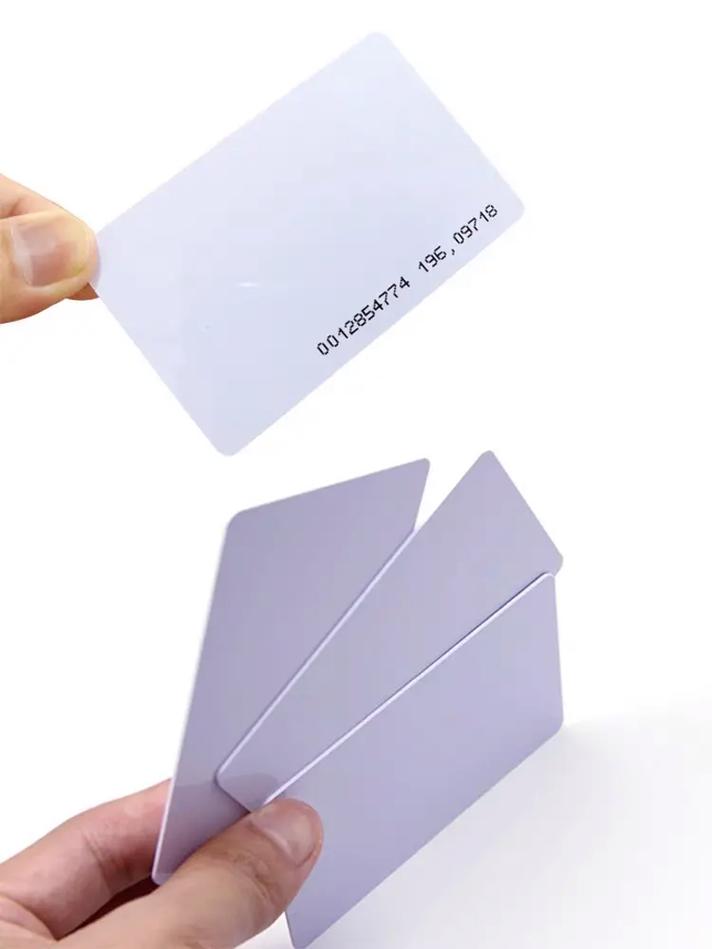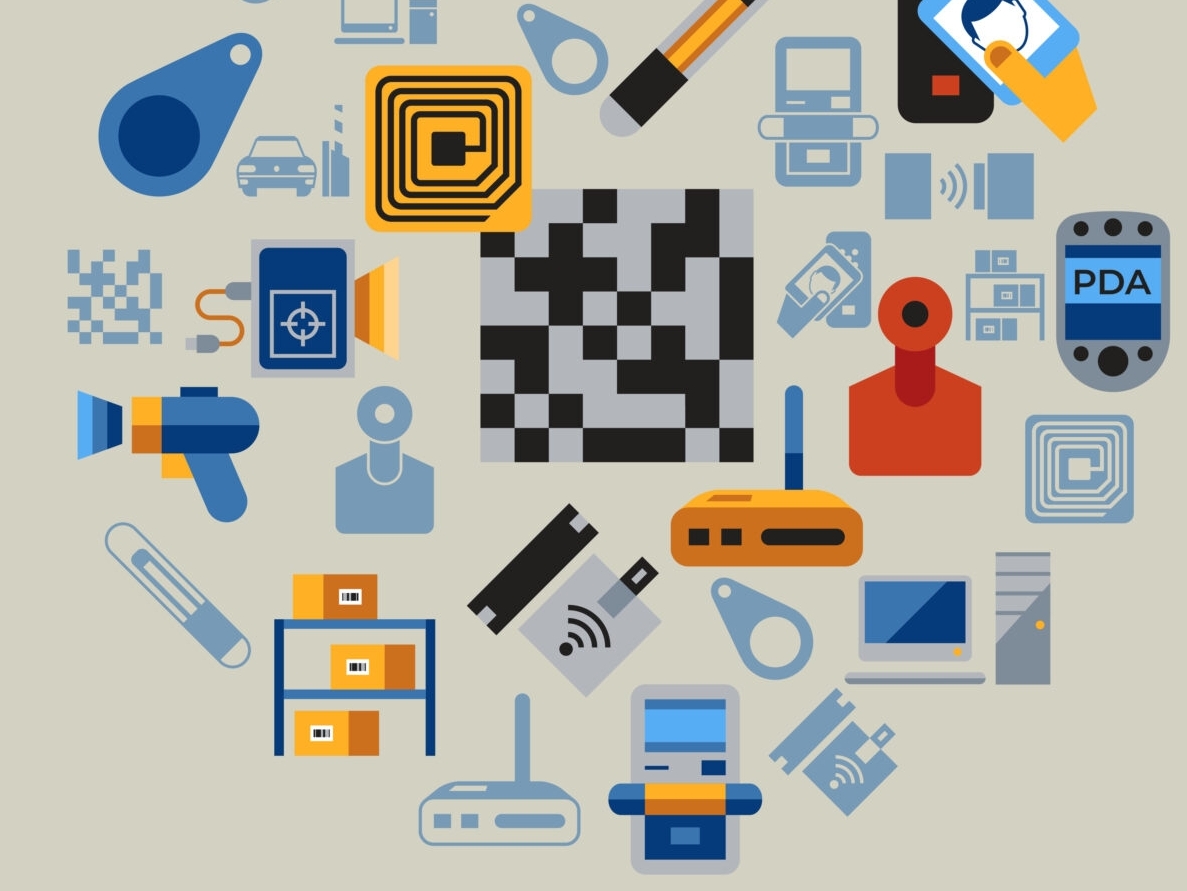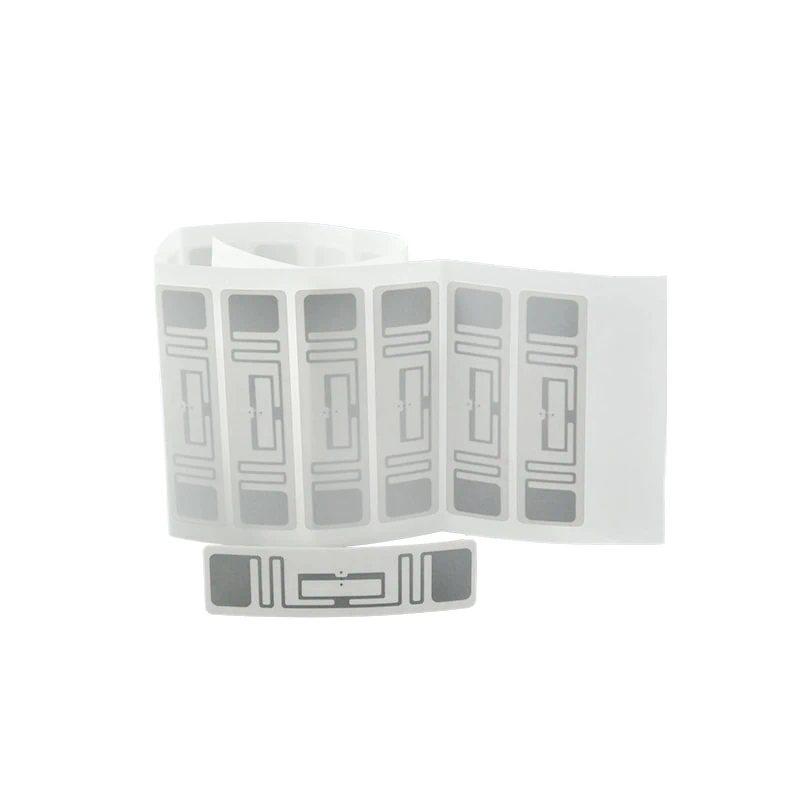Magnetic cards store information on a magnetic stripe, which has limited capacity. In contrast, IC cards use a built-in microchip to record information, allowing for much larger storage. Compared to the IC cards that developed later, magnetic cards have several shortcomings: they have a smaller storage capacity, the magnetic stripe is easy to read and forge, and they have poor confidentiality, which requires support from computer networks or central databases. Magnetic cards must have real-time network authorization. Due to their weak security, magnetic cards must be controlled through real-time network authorization and cannot be processed offline.
Magnetic cards have the advantage of being both readable and writable, with a cost slightly higher than PDF417 barcode cards. However, they come with several drawbacks: limited information capacity, often relying on external databases; poor security and anti-counterfeiting capabilities; low reliability, as they are easily damaged by electromagnetic interference; and a short lifespan (about one year).
IC cards have the advantages of large information capacity, being both readable and writable, and having encryption capabilities. However, they also have several disadvantages: their cost is high (usually 3-5 times that of PDF417 barcode cards), and costs increase significantly with capacity; their lifespan is short (about 2-3 years), and they are easily damaged; their reliability is poor, as they can be affected by strong external magnetic fields that may damage the information; and while the ability to rewrite information is an advantage, it also poses a risk for forgery, leading to relatively poor confidentiality and anti-forgery features.
According to the different types of integrated circuits in the card, IC cards can be divided into memory cards, logical encryption cards, and CPU cards (smart cards). Memory cards are suitable for systems that only use IC cards as data transfer media or have software encryption without concerns about tampering, and they are relatively inexpensive. Logical encryption cards control reading and writing by setting a password area on the card, are moderately priced, and are currently the most widely used. CPU cards contain a microprocessor in their integrated circuit, allowing them to perform data calculations and information processing on their own, as well as mutual verification between the card and device using random numbers and keys, offering high security. Although they are slightly more expensive, their application prospects remain promising. Currently, the financial cards planned by the People’s Bank of China, the organization code cards planned by the National Quality Supervision Bureau, and the social security cards planned by the Ministry of Labor and Social Security all use contact CPU cards.
IC cards have many advantages that magnetic cards and barcode cards cannot match: they offer a large storage capacity, several times to dozens of times that of magnetic cards; they have high security, with capabilities to prevent counterfeiting and tampering; and they can be used offline, making them more flexible in application. However, they also have some drawbacks, including higher costs and weaker resistance to static electricity and ultraviolet light.
IC cards have a similar shape to magnetic cards, but the difference lies in the data storage medium. Magnetic cards store information through changes in the magnetic field of the magnetic stripe, while IC cards use embedded electrically erasable programmable read-only memory (EEPROM) chips to store data. Therefore, compared to magnetic cards, IC cards have the following advantages:
- Large storage capacity: Magnetic cards typically hold about 200 numerical characters, while IC cards can store from a few hundred characters to millions, depending on the model.
- Good security and confidentiality: Information on IC cards can be read, modified, and erased, but requires a password.
- Data processing capability of CPU cards: During data exchange with a reader, data can be encrypted and decrypted to ensure accuracy and reliability, a feature not available in magnetic cards.
- Longer lifespan and higher security, though they are more expensive than magnetic cards.
IC cards can be classified into two types based on their usage:
1.Contact IC Cards: These must be inserted into a host card slot to transmit data through a wired connection. They are prone to wear and sensitive to oil. An example is the TM card in the U.S.
2.Contactless IC Cards (RFID cards): These do not require physical contact with the host and can transmit data wirelessly. Because they are fully encapsulated, they are resistant to oil and wear, resulting in a longer lifespan.
IC cards can also be categorized into three functional types:
- Memory Cards
- Encrypted Logical Memory Cards: These include a Card Operating System (COS).
- CPU Smart Cards: These contain a Central Processing Unit (CPU).
All three types can be either contact or contactless. In contrast, magnetic cards (magstripe cards) have a magnetic strip and are easily damaged by magnetic fields or external forces, making them unable to directly store data, while IC cards consist of encapsulated integrated circuits that are unaffected by magnetic fields and can store data.
| Information Carrier | Information Capacity | Read/Write | Reading Method | Confidentiality | Intelligence | Anti-Interference Capability | Lifetime | Cost | |
|---|---|---|---|---|---|---|---|---|---|
| Barcode | Paper, Plastic Film, Metal Surface | Small | Read Only | CCD or Laser Scanning | Poor | None | Poor | Short | Lowest |
| Magnetic Card | Magnetic Material | General | Read/Write | Electromagnetic Conversion | General | None | Poor | Short | Low |
| IC Card | EEPROM | Large | Read/Write | Electrical Erasure, Writing | Best | Yes | Good | Long | Higher |
| RFID Card | EEPROM | Large | Read/Write | Wireless Communication | Best | Yes | Very Good | Longest | Higher |






